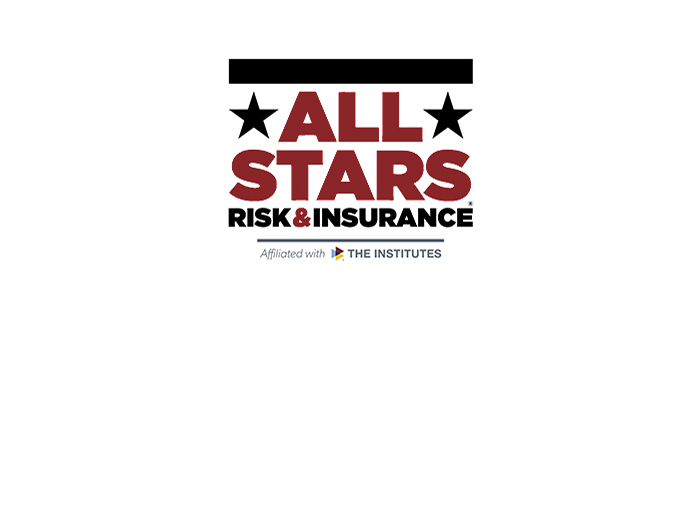6 Key Workers’ Compensation Safety and Data Analysis Considerations
The landscape of workers’ compensation is constantly evolving, requiring corporations, claims professionals and the defense community to remain vigilant in injury prevention, risk mitigation and cost control. Despite the variation in workers’ compensation systems across states, a shared priority exists: ensuring a safe work environment for employees and managing businesses effectively.
Understanding applicable laws, regulations and significant case precedents is crucial for interpreting the law and staying informed about industry trends and data. This knowledge is essential for employers, claims professionals and defense attorneys as they collaborate to achieve optimal outcomes.
Safety and Prevention: A Cultural Imperative
Preventing workplace injuries begins with a deep understanding of your workforce, benefits and programs. Integrating safety into a company’s overall culture is necessary to create a positive work environment. Effective safety enforcement requires strong communication, commitment, coordination, compliance, consistency and accountability.
Support from senior leadership, worksite analyses, hazard prevention and control, and comprehensive training programs for employees, supervisors and management are all critical components of an effective safety program. Connecting with team members individually and as a group fosters a caring atmosphere that motivates individuals in various beneficial ways.
Building a Strong Safety Framework
Establishing written safety policies that outline clear objectives and expectations for management and employees is fundamental. Identifying key personnel responsible for implementing the safety program and ensuring they have the authority and resources to enforce it effectively is also paramount. Consistent accountability at all levels of the workforce ensures compliance with safety procedures and policies.
Developing a proper orientation program and continuing education for all employees and management is also necessary. This training should include safety discussions, meetings, proper chain of command and performance reviews to ensure everyone involved clearly understands the program and their responsibilities.
Recognizing and eliminating workplace hazards is crucial in controlling the frequency and severity of work injuries. Prompt identification, investigation and record-keeping of all injuries, hazards, accidents, incidents or near-misses are vital to the overall success of the safety program.
Addressing the Challenges of First-Year Injuries
A recent study by Travelers revealed that 35% of workplace injuries occur during an employee’s first year on the job, resulting in more than 6 million missed workdays. First-year injuries accounted for 32% of all workers’ compensation claim costs. The businesses most affected by first-year injuries included restaurants (52%), construction (44%), transportation and retail (39%), services (35%), wholesale (35%) and manufacturing (30%).
The study also highlighted that the average number of lost workdays per injury across all industries was 72, with construction the highest at 103 days, followed by transportation (83 days), services (72 days), wholesale (72 days) and manufacturing (67 days). These statistics depict the ongoing need to prioritize safety and reinforce safety programs at every level through continuous education and training of supervisors, managers and employees.
Incorporating pre-employment physicals, regulatory and compliance exams, fit-for-duty exams, executive wellness exams and health risk assessments is essential for achieving and maintaining a healthy workforce. A robust corporate wellness initiative helps prevent injuries and reduces the duration of claims. Ongoing collaboration between human resources, health and safety, and risk management departments can increase productivity by keeping workers healthy and facilitating their return to work.
Common Injury Causes and Their Impact
The study further found that the most common causes of workplace injuries include overexertion (29%), slips, trips and falls (23%), being struck by an object (12%), motor vehicle accidents (5%), and caught-in or caught-between hazards (5%). The most frequently injured body parts were the lower back (12%), shoulders (11%), knees (10%), fingers (7%) and wrists (5%). Contrary to popular belief, age was not a significant factor in injury rates, and percentages were distributed relatively evenly across different age groups.
Claims with the most significant impact and cost (over $250,000) included slips, trips and falls from heights; falls from ladders or scaffolding; overexertion from lifting, twisting, pushing and pulling; being struck by falling or flying objects; motor vehicle accidents; and caught-in or caught-between machinery incidents.
Construction claims were found to be the most expensive, nearly double the all-industries average, while wholesale had the highest percentage of lower-back and shoulder injuries. Manufacturing had the most frequent and costly shoulder injuries, and small businesses had the highest frequency of slips, trips and falls, as well as the highest costs per claim.
Leveraging Data for Risk Management
With more data available than ever before, predictive analytics and artificial intelligence (AI) have the potential to become even more powerful as data integrity and quality improve. Data helps risk managers identify problematic areas, allowing them to measure the factors driving claims costs. By understanding claims frequency, severity, injury types and locations, stakeholders can make informed decisions to improve safety and reduce costs.
However, data alone is not enough. It must be analyzed and interpreted to make it actionable. Data can assist in detecting spiraling claims, such as catastrophic cases involving brain and spinal cord injuries that require complex case coordination to ensure the best outcomes.
Additionally, assessing case severity involves consideration of all elements, including compensable diagnoses and other factors that affect an employee’s recovery and outcome.
Post-Claim Analysis: Learning from Experience
Once a claim is resolved, whether through litigation or an employee’s return to work, conducting a “Monday morning quarterbacking” analysis is critical. This process helps assess how well the claim was handled and identifies opportunities for improvement. Key areas for review include proper orientation, initial contact, communication, setting expectations and performance metrics.
Controlling exposure is the focus of the workers’ compensation claims and litigation process. By proactively preventing and defending against claims with knowledge, compassion, a well-designed education and training program and a strategic mindset, corporations, claims professionals and defense attorneys can effectively manage these challenges. &










